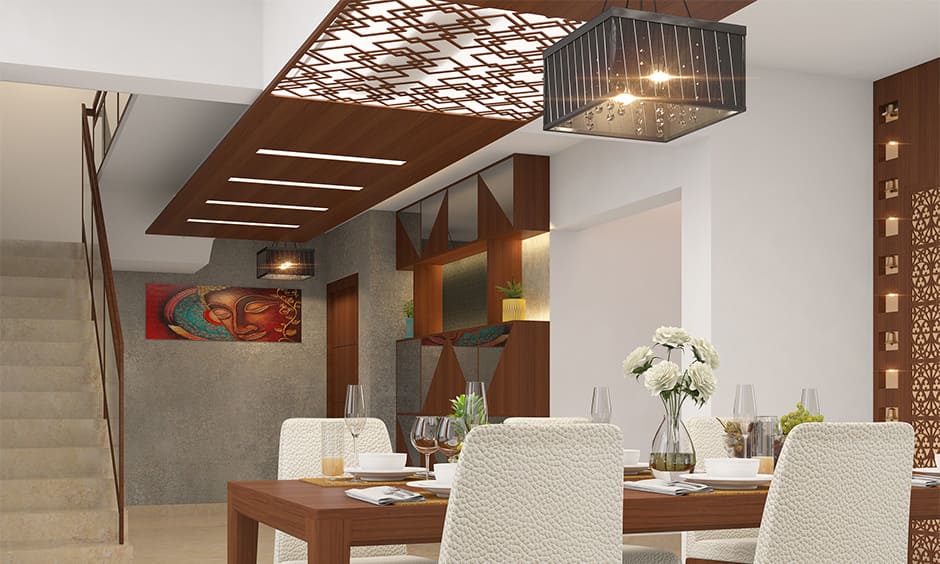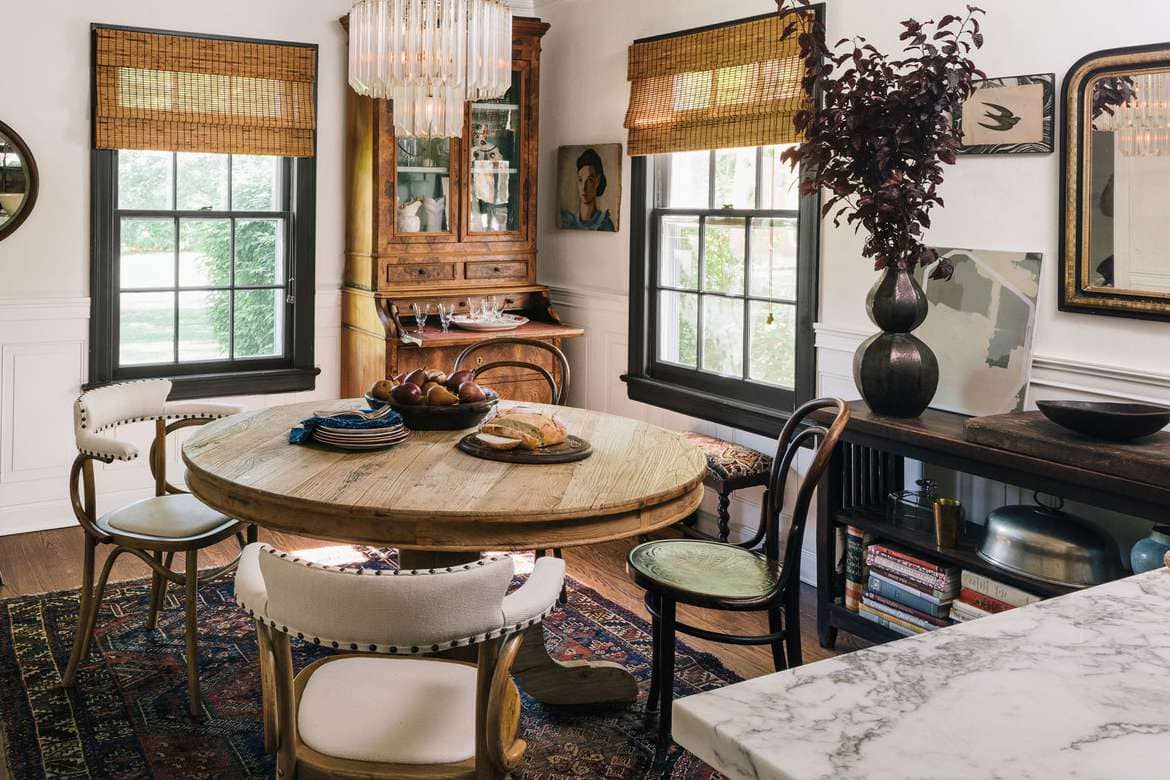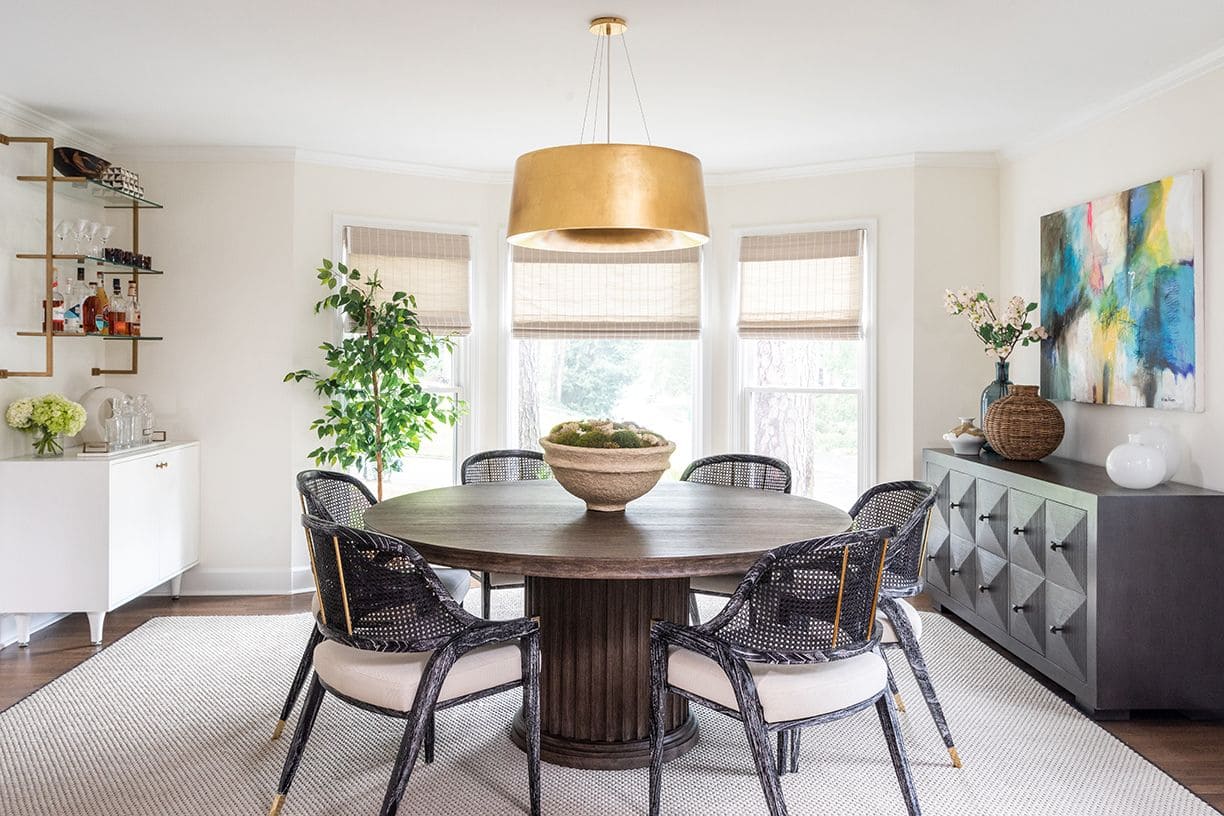When it comes to interior design, the dining room holds a special place in our homes. It’s where we gather with family and friends to share meals, laughter, and memories. A well-designed dining room not only enhances the aesthetic appeal of your home but also sets the mood for enjoyable dining experiences. One element that can significantly elevate the look and feel of your dining area is a false ceiling. In this comprehensive guide, we’ll delve into the world of false ceiling designs specifically tailored for dining rooms, exploring various styles, materials, and considerations to help you create a stunning space that reflects your unique taste and personality.
Importance of False Ceilings in Dining Rooms
A false ceiling, also known as a dropped ceiling or suspended ceiling, refers to a secondary ceiling installed below the main structural ceiling of a room. While its primary function is to conceal wiring, ductwork, and other unsightly elements, a false ceiling also offers numerous aesthetic and functional benefits, making it an ideal choice for dining rooms.
Enhancing Ambiance
One of the key advantages of incorporating a false ceiling in your dining room is its ability to enhance the ambiance of the space. By introducing ambient lighting fixtures such as recessed lights, LED strips, or pendant lamps within the false ceiling, you can create a warm, inviting atmosphere that’s perfect for intimate dinners or lively gatherings.
Concealing Imperfections
Another benefit of false ceilings is their ability to conceal imperfections in the original ceiling surface. Whether your ceiling has cracks, stains, or uneven textures, a well-designed false ceiling can provide a smooth, flawless appearance, instantly revitalizing the look of your dining room.
Acoustic Control
In addition to aesthetics, false ceilings also offer practical advantages such as acoustic control. By incorporating sound-absorbing materials or acoustic tiles into the false ceiling, you can minimize noise levels within the dining area, creating a more comfortable and enjoyable environment for conversation and dining.
Popular False Ceiling Designs for Dining Rooms
When it comes to false ceiling designs for dining rooms, the possibilities are virtually endless. From minimalist linear patterns to intricate coffered ceilings, there’s a design to suit every style and preference. Here are some popular false ceiling options to consider for your dining space:
Tray Ceilings
Tray ceilings, also known as recessed ceilings or inverted ceilings, feature a central section that’s elevated or recessed compared to the surrounding perimeter. This design adds depth and dimension to the ceiling, creating a sense of architectural interest and sophistication. Tray ceilings are particularly well-suited for formal dining rooms or spaces with high ceilings, where they can make a dramatic statement.
Cove Ceilings
Cove ceilings are characterized by a gentle curve or concave shape that extends from the walls to the ceiling, creating a soft, diffused lighting effect. This design is ideal for creating a cozy, intimate atmosphere in the dining room, as the indirect lighting illuminates the space without casting harsh shadows. Cove ceilings are often paire with LED rope lights or hidden light fixtures to enhance the visual impact.
Beam Ceilings
Beam ceilings, also known as exposed beam ceilings or vaulted ceilings, feature exposed structural beams that add rustic charm and character to the dining room. Whether crafted from wood, metal, or faux materials, beams can be incorporated. Into a false ceiling design to create a warm, inviting ambiance reminiscent of traditional farmhouse or rustic settings. Beam ceilings are particularly well-suite for open-concept dining areas or modern farmhouse-style kitchens.
Patterned Ceilings
For those who crave bold and dramatic design statements, patterned ceilings offer endless creative possibilities. Whether adorned with geometric shapes, floral motifs, or artistic patterns, a patterned false ceiling can transform your dining room into a work of art. Consider incorporating custom stencils, moldings, or architectural details to create a truly unique and personalized space that reflects your individual style.
Choosing the Right Materials
When selecting materials for your false ceiling, it’s essential to consider both aesthetics and practicality. Gypsum board, also known as drywall, is a popular choice for false ceilings due to its versatility, affordability, and ease of installation. Metal ceilings offer a sleek, contemporary look and are resistant to moisture, making them ideal for kitchens or dining areas. For a luxurious touch, consider decorative ceiling tiles made from materials such as tin, copper, or plaster, which add texture and visual interest to the space.
Conclusion
In conclusion, false ceilings are a versatile and stylish solution for enhancing the beauty and functionality of dining rooms. Whether you prefer minimalist sophistication or dramatic flair, there’s a false ceiling design to suit every taste and budget. By incorporating ambient lighting, concealing imperfections, and choosing the right materials, you can create a stunning dining space that’s sure to impress your guests and elevate your home’s interior design.





